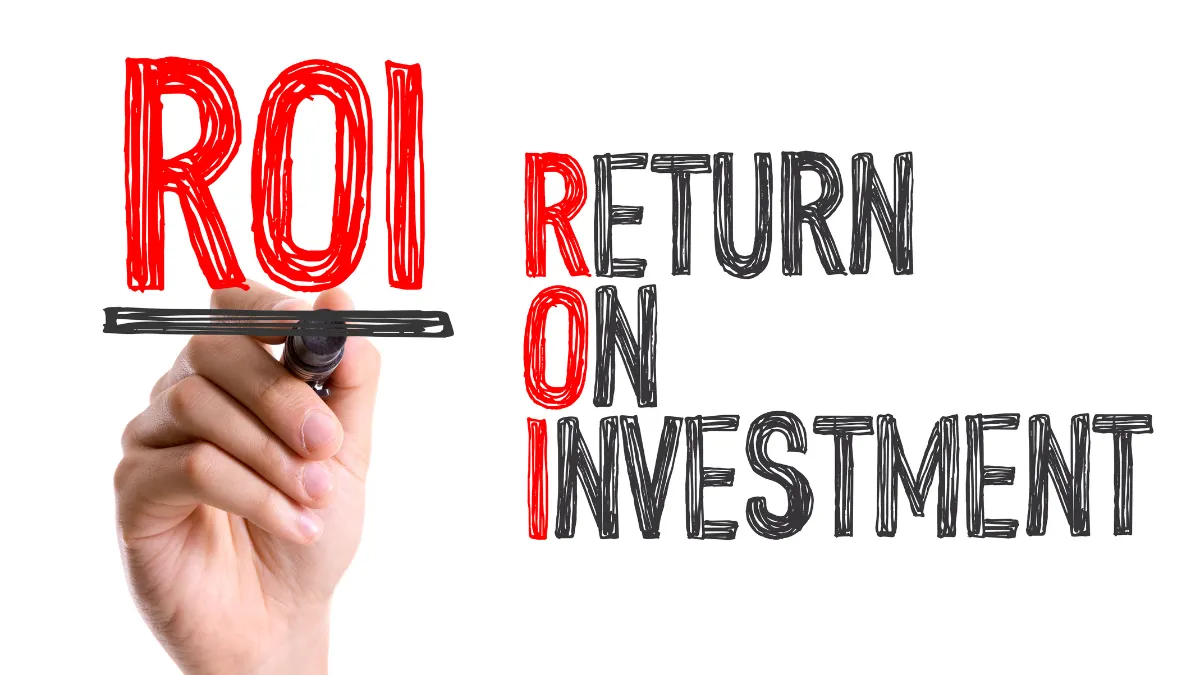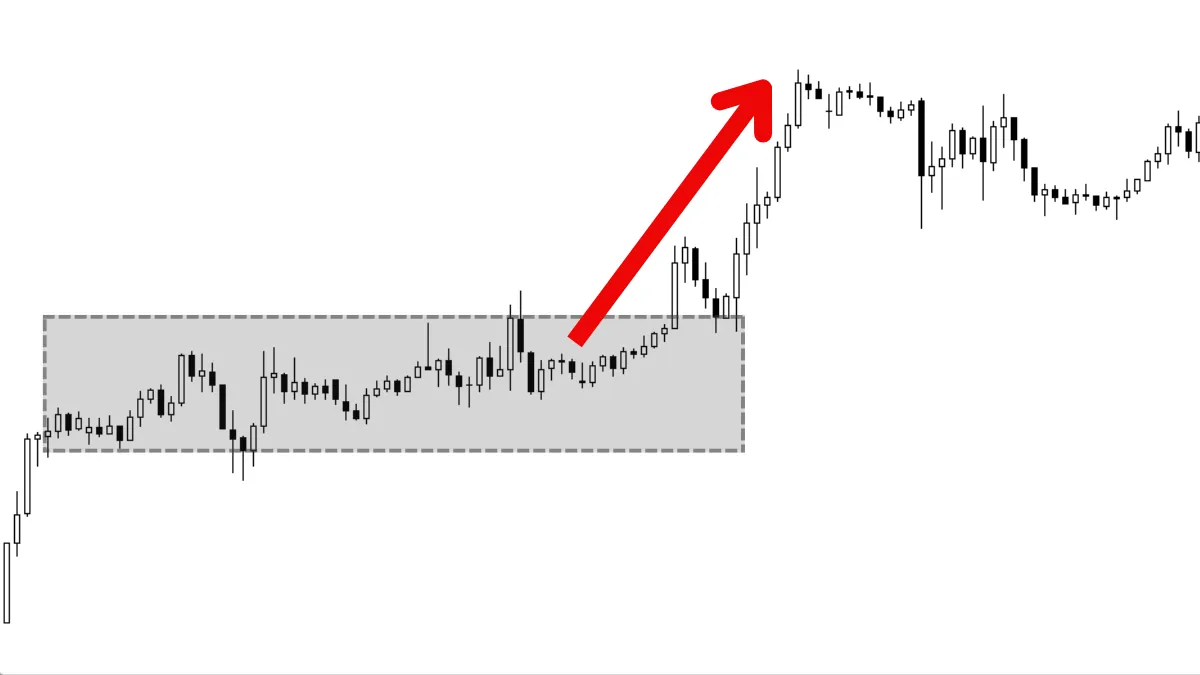"Understanding Return on Investment (ROI): Why Does It Only Tell Half the Investment Story?"
When we step into the world of investing, the first term we often encounter is "Return on Investment (ROI)."It seems simple—it measures how much money we earn back from the capital we put in and is the most basic indicator to evaluate the success or failure of an investment.
But if you only look at this number, you might make a wrong judgment.
Because a simple rate of return is like the last page of a thrilling novel; it tells you the ending but does not describe whether the journey to that ending was smooth or full of twists and turns.
For investors, the "process" is often more important than the "outcome."
This article will help you understand the full picture of ROI and teach you how to ask smarter questions to reveal the other half of the investment story that is hidden.
Step 1: Understand the Basics—What is Return on Investment (ROI) ?
The concept of Return on Investment (ROI) is straightforward: it measures your profit relative to the cost you invested.ROI calculation formula: (Net Investment Profit or Loss / Total Capital Invested) x 100
For example: You invest 100,000 to open a coffee shop. After one year, you earn 20,000 in operating profit, and someone is willing to buy your shares for 110,000.
- Your net investment profit or loss = 20,000 (operating profit) + (110,000 - 100,000) (share appreciation) = 30,000
- Your ROI = (30,000 / 100,000) x 100 = 30%
This 30% is your total return on this investment.
Step 2: Add the Time Dimension—What is the "Annualized Return"?
Now, here’s the question. Look at the two investment cases below. Which one is better?- Investment Case A: Takes 10 years, total return 200%
- Investment Case B: Takes 5 years, total return 100%
Looking only at total return, A seems twice as good as B, but it also takes twice as long.
It’s like comparing two cars’ performance; we don’t just ask how far they can go, but what their "speed" is.
In investing, the "annualized return" is the "speed" that measures performance.
It converts returns over different time periods into a unified "per year" standard, allowing fair comparison.
You don’t need to memorize the formula; understanding the concept is more important. After calculation:
- Investment Case A’s annualized return is about 11.61%
- Investment Case B’s annualized return is about 14.91%
The result is clear: Investment Case B actually has a higher "earning efficiency."
In the financial world, when people talk about "return," they usually mean the standardized "annualized return."
Turning Point: Is a Higher Annualized Return Always Better?
This is the core part of the article. We have learned to use the fairer standard of "annualized return" to measure investments.Now, let’s look at another choice:
- Investment Case A: Annualized return 20%. But during the process, your asset experienced severe volatility, with a max drawdown of 30%.
- Investment Case B: Annualized return 15%. But the process was relatively stable, with a max drawdown of only 10%.
Which would you choose?
Many beginner investors would choose A without hesitation. But most experienced professionals would consider B a far better investment choice.
Why?
Because in the real world, very few people can remain rational and stick to their original investment plan under the huge pressure of nearly one-third asset shrinkage.
That kind of "bumpy" process often leads to panic selling, forcing investors to exit at the lowest point, ultimately failing to realize that beautiful 20% annualized return.
A simple return number does not tell you the psychological cost and risk you need to bear to achieve it.
The Other Half of the Story: Understanding "Risk-Adjusted Return"
This brings us to the other half of investment evaluation, and the more important half: risk.A mature investor does not just look at simple returns but at the "Risk-Adjusted Return."
Simply put, it evaluates whether the benefit of taking on the risk in this investment is high.
To assess risk, we need at least two key data points:
- Max Drawdown (MDD)
This measures the most turbulent and painful degree during the investment process. An investment with a low drawdown means a smoother journey, and you are more likely to hold it with peace of mind until the end. - Sharpe Ratio
This measures the "efficiency" or "smartness" of the investment. It tells us how much excess return we get for each unit of risk taken. The higher the Sharpe Ratio, the better the cost-performance (CP) value of the investment, meaning the risk taken is more worthwhile.
Evolving from a one-dimensional view of just "return" to a two-dimensional view of both "return" and "risk" is a key step from being a novice to becoming a mature investor.
A Practical Distinction: Return vs. Yield
When you start researching, you might also encounter the term "yield."Be sure to distinguish it from the "return" we discussed above.
- Annualized Return = total return including capital gains and dividends.
- Yield = only calculates the cash dividends received relative to the invested cost; it completely ignores capital gains or losses.
Yield is mainly used to evaluate an asset’s ability to generate "cash flow," such as bonds or rental real estate.
Annualized return measures the asset’s "total value growth" ability. The two serve different purposes and should not be confused.
Conclusion: How to Make a Comprehensive Investment Evaluation?
Now, you can build a more complete checklist for your investment evaluation:- Step 1: Calculate total return (ROI) and annualized return. This is the foundation to ensure you know the earning efficiency of the investment.
- Step 2: Review max drawdown (MDD). This is critical to assess whether you can "afford" the investment journey.
- Step 3: Refer to the Sharpe Ratio. This is advanced, to judge whether the risk taken is worthwhile enough.
Calculating ROI is just the beginning of the investment story.
A truly excellent investment opportunity should pursue long-term, stable, and "smart returns" within your acceptable risk range, not just the highest nominal return.
At Mr.Forex, we believe in complete transparency.
That’s why on our platform, every strategy you see not only shows past returns but also prominently displays key risk indicators like max drawdown and Sharpe Ratio.
We invite you to start viewing your investments with a more professional and comprehensive perspective.
Hi, We are the Mr.Forex Research Team
Trading requires not just the right mindset, but also useful tools and insights.Here, we focus on Global Broker Reviews, Trading System Setup (MT4 / MT5, EA, VPS), and Forex Trading Basics.
We personally teach you to master the "Operating Manual" of financial markets, building a professional trading environment from scratch.
If you want to move from theory to practice:
- Help share this article to let more traders see the truth.
- Read more articles on Broker Tests and Forex Education.





